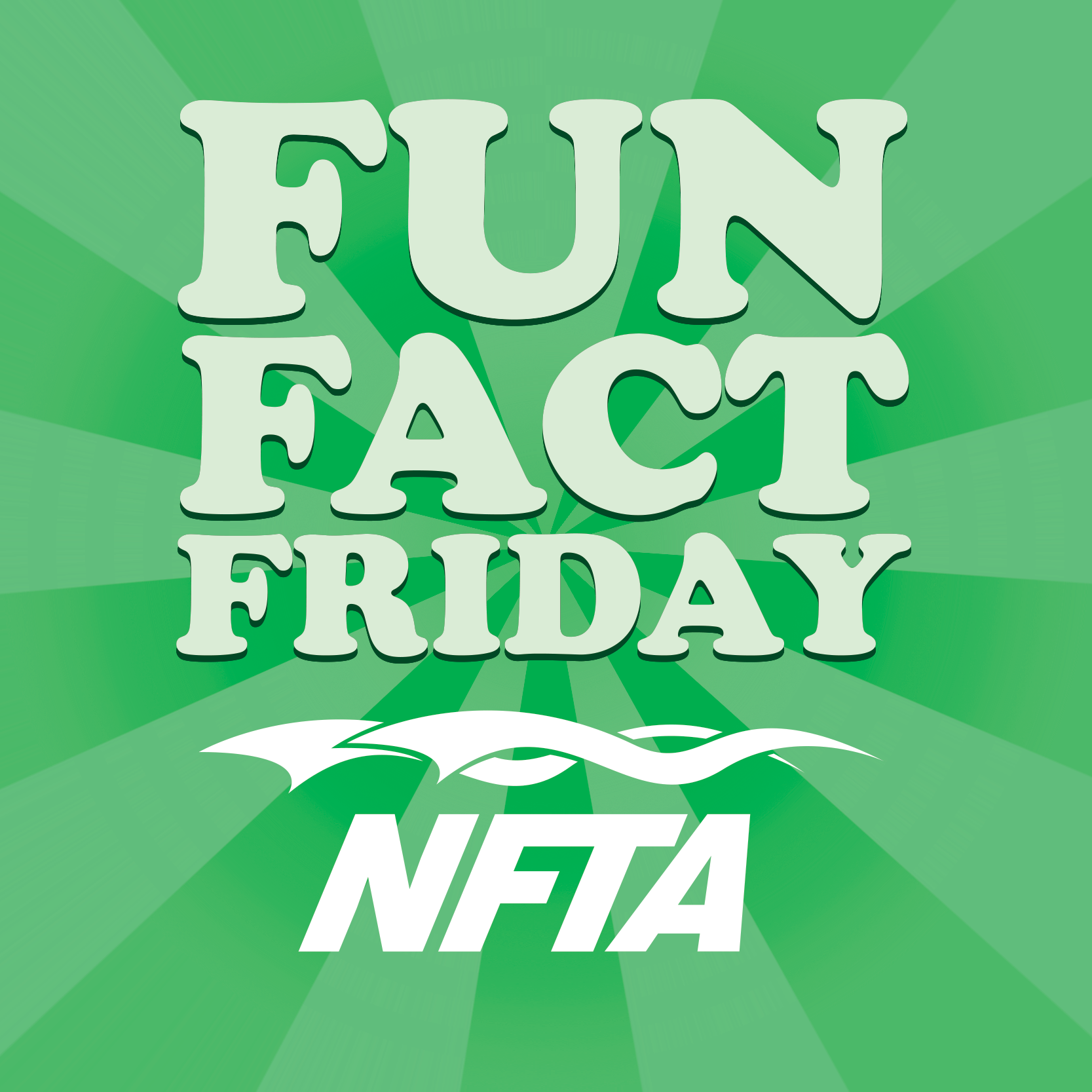Fun Friday Facts for St. Patrick's Day!
Saint Patrick wasn’t Irish
Although he is the island’s best-known patron saint, Saint Patrick wasn’t from Ireland. Born around 385 AD in Roman Britain, he was kidnapped by a band of Irish pirates at 16 and brought to Ireland as a slave. Patrick later escaped to England, but according to The Confession of Saint Patrick, he had a vision in which he was urged to return to the Irish as a missionary.
Saint Patrick’s robes were actually blue, not green
Green has become a key part of celebrating Saint Patrick’s Day. The city of Chicago dyes an entire river green to honor the day, while green lights illuminate historic buildings in Dublin. However, it’s been pointed out that the color originally associated with Saint Patrick was blue – there’s even a shade officially known as Saint Patrick’s Blue. Green
Pubs used to be closed on Saint Patrick’s Day
It’s difficult to imagine now, but there was a time when all the pubs in Ireland were closed on Saint Patrick’s Day by law. The legal requirement was introduced by James O’Mara, the same politician who introduced the Bank Holiday (Ireland) Act of 1903, first making the day into a national holiday in Ireland. Originally meant as a mark of religious respect, it wasn’t until the 1970s that this was repealed, and revelers could raise a glass to Saint Patrick.
It’s a holy day of obligation for Catholics
Saint Patrick’s Day is also a holy day of obligation for members of the Roman Catholic Church, meaning they are supposed to attend mass at some point during the day. Traditionally, these holy feast days were intended to be spent in reflection and prayer, not in the pub – alas, times change.
But it’s a break from Lent
Having a feast day in the middle of Lent isn’t ideal, given that fasting is the cornerstone of the Lenten schedule. Thankfully, Catholics have traditionally been given a reprieve on Saint Patrick’s Day. In years where the feast day falls on a Friday, Catholic leaders in the US have given permission for any particularly stringent fasters (who are not meant to eat meat on a Friday) to partake in the traditional American Saint Patrick’s Day meal of corned beef and cabbage.
America led the parades
Saint Patrick’s Day parades are as Irish as the man himself, with the first parade allegedly taking place in New York City, not Ireland. It was held in the 1760s and organized by Irish soldiers in the British Army. (Several other cities, including Boston, lay claim to having held America’s first Saint Patrick’s Day parades). Ireland’s first parades didn’t happen until 1903, in Waterford, when James O’Mara’s bill passed and created the official national holiday.
There’s no real evidence Saint Patrick used shamrocks in his teachings
It’s widely believed that Saint Patrick used the three-leaved shamrock (not to be confused with the four-leaf clover) to describe the Holy Trinity of the Father, Son and Holy Spirit. However, there’s no written mention of his having done so until as late as the 1600s, and it’s considered a myth. Wearing a shamrock on your lapel – and later ‘drowning’ it in a beverage – became a Saint Patrick’s Day tradition at the end of the 17th century. The shamrock later became a national emblem during Ireland’s fight for independence.
It’s even celebrated in outer space
Saint Patrick’s Day is celebrated in countries across the globe and even in a lower orbit. It’s been marked several times on NASA’s International Space Station; astronaut Chris Hadfield filmed himself singing ‘Danny Boy’ on Saint Patrick’s Day 2013, and in 2011, astronaut Cady Coleman played the flute in the satellite to honor the occasion.
Saint Patrick isn’t Ireland’s only patron saint
Although he is the saint most commonly linked with the country, Saint Patrick isn’t the only Irish patron saint. When he died – apparently on March 17, 461 – Saint Patrick is said to have been buried in Downpatrick, with the remains of Saint Brigid and Saint Columba, Ireland’s other patron saints, later joining him.
